Landlocked Public Lands
Landlocked (public land) – land held in common by the public which is surrounded by private land, with no public roads or trails to reach them.
Click on a report below to learn more about the region’s land ownership history, the current status of landlocked public land in the region, and solutions available to make more public land accessible.
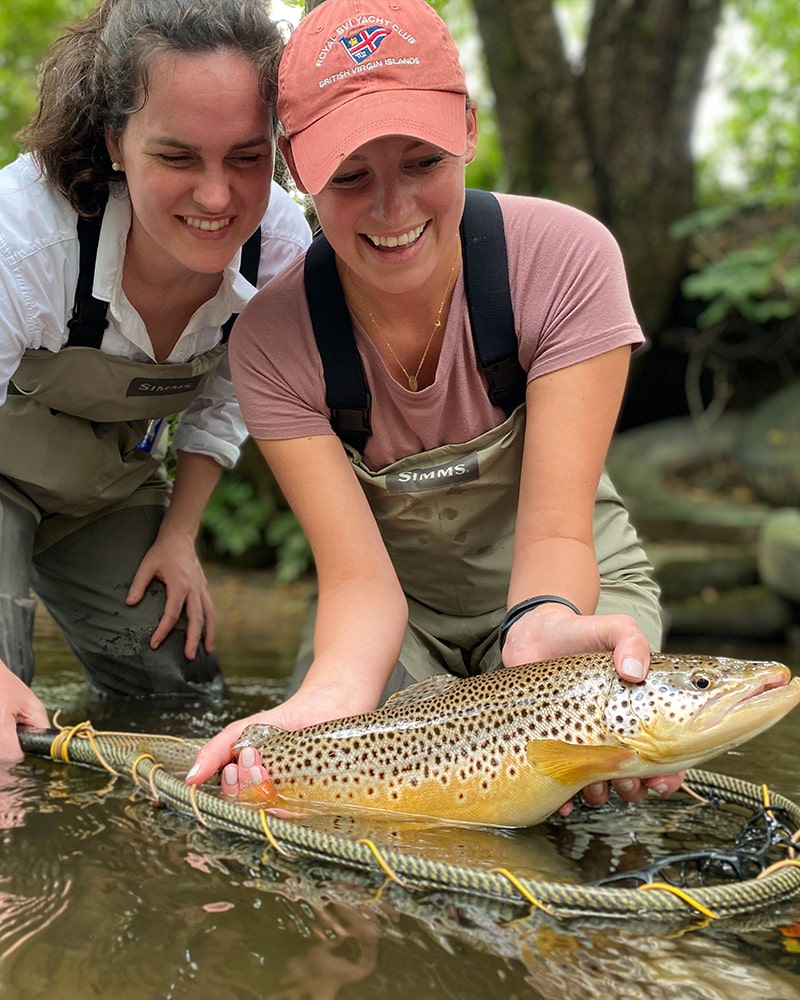
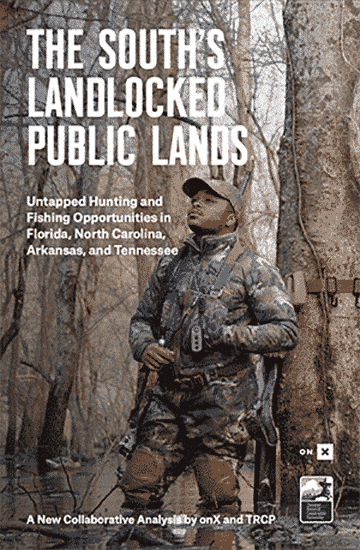
The South’s Landlocked Public Lands
In the third installment of our regional landlocked public lands report series, we look at inaccessible hunting and fishing opportunities in Florida, North Carolina, Arkansas, and Tennessee. The South’s Landlocked Public Lands Report details 174,000 acres of public land with no permanent, legal access.
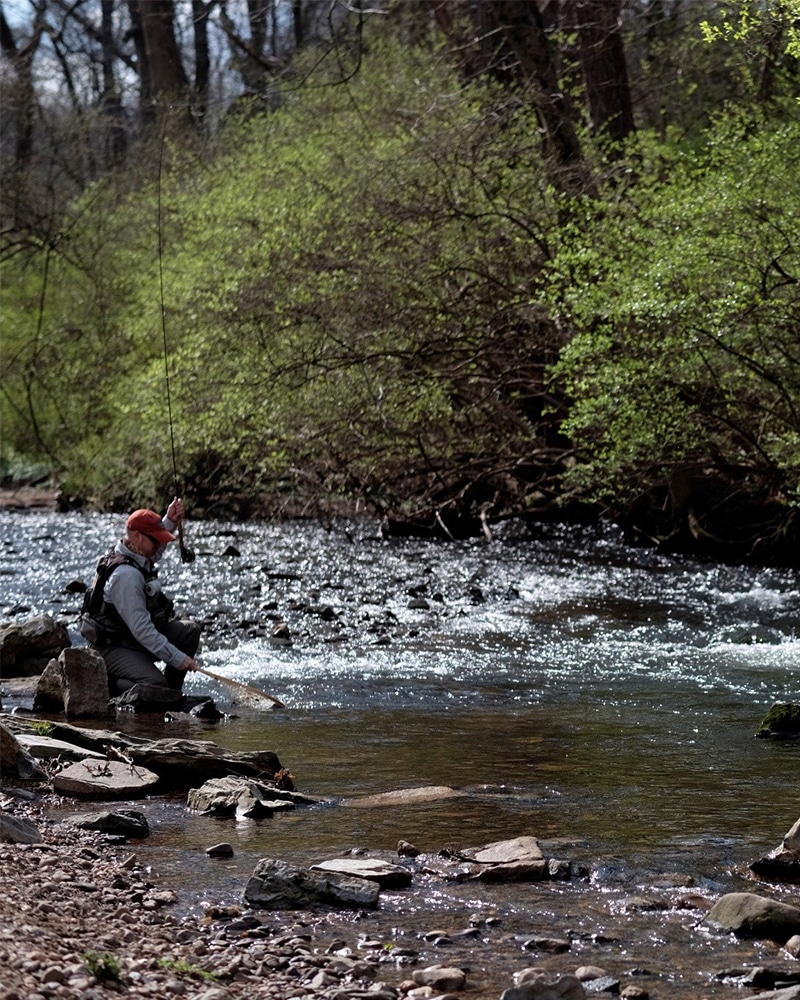
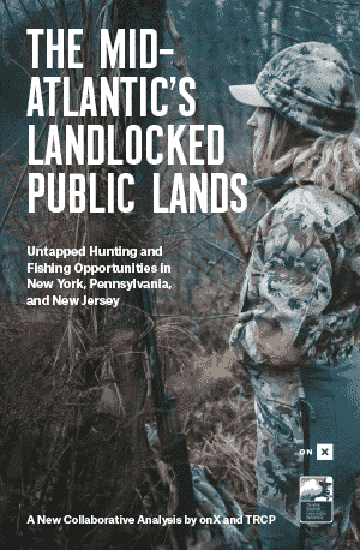
The Mid-Atlantic’s Landlocked Public Lands
In the second installment of our regional landlocked public lands report series, we’re looking at untapped hunting and fishing opportunities in New York, Pennsylvania, and New Jersey. The Mid-Atlantic’s Landlocked Public Lands Report details more than 80,000 acres of public land with no permanent, legal access.
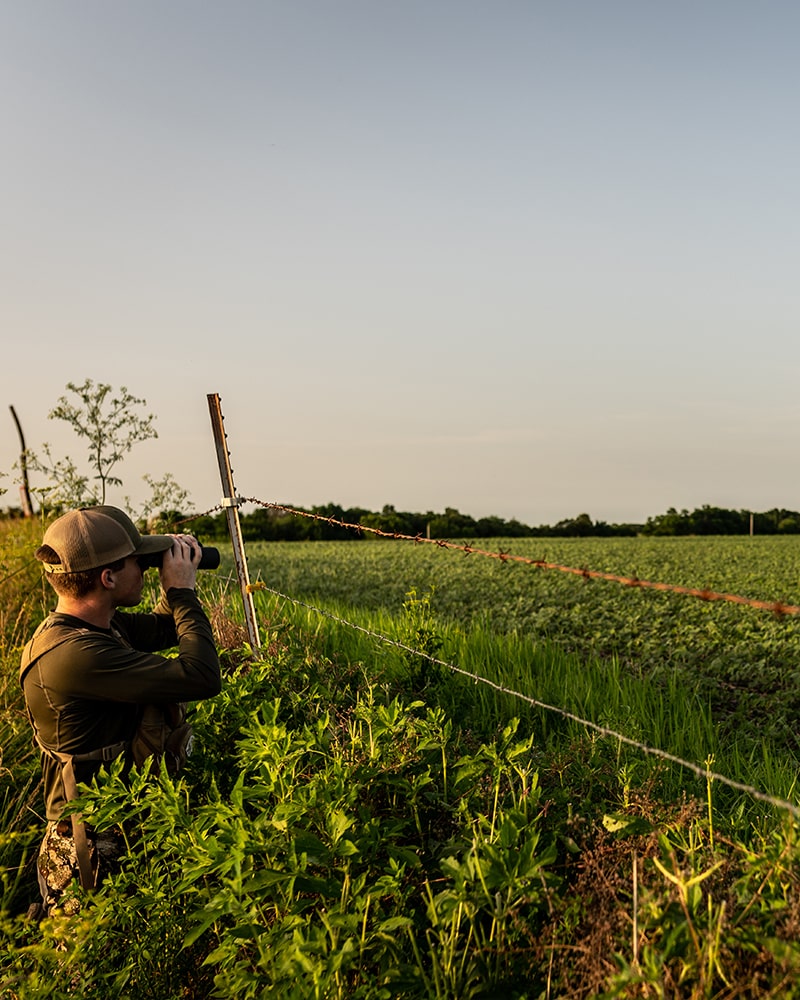
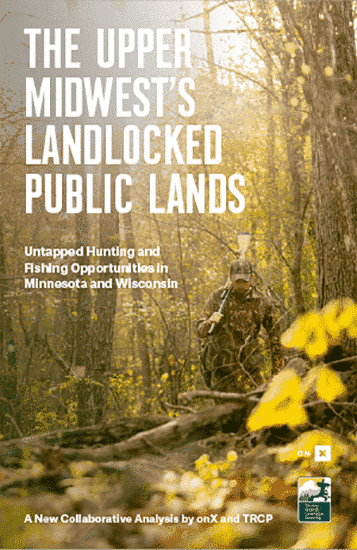
The Upper Midwest’s Inaccessible Public Lands
Minnesota is home to 248,000 total landlocked acres, and Wisconsin has 55,000. This is public land that’s surrounded by private land and therefore is inaccessible to the public. Read more about the problem and possible solutions in our latest report with The Theodore Roosevelt Conservation Partnership, “The Upper Midwest’s Inaccessible Public Lands.”
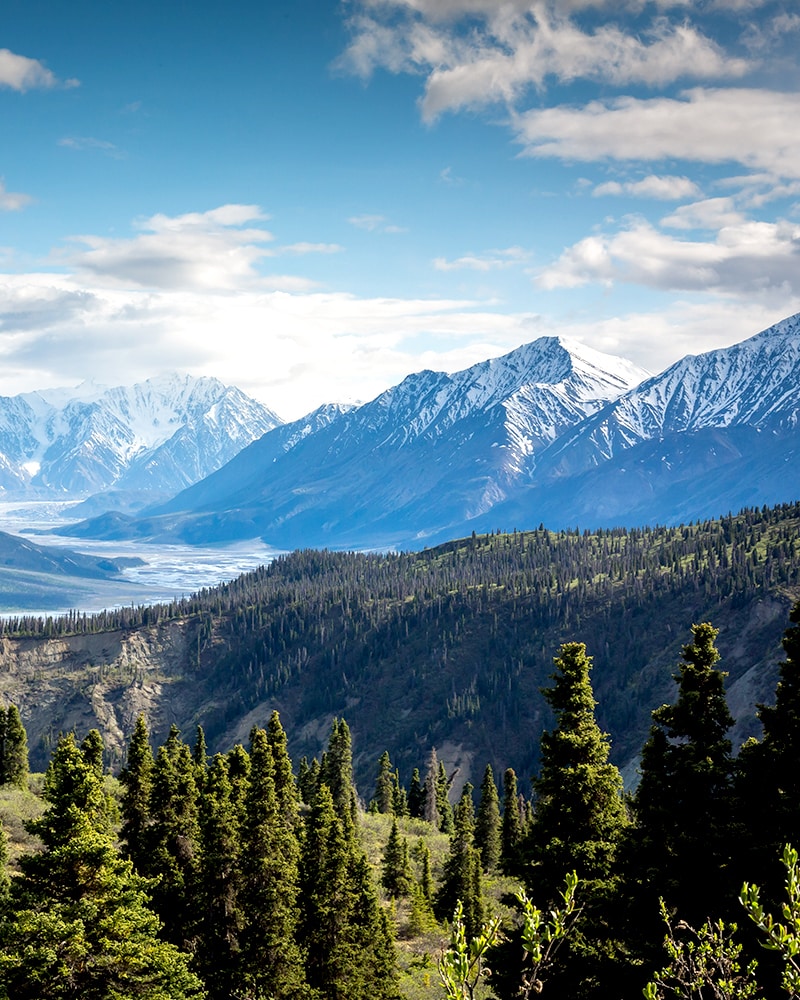
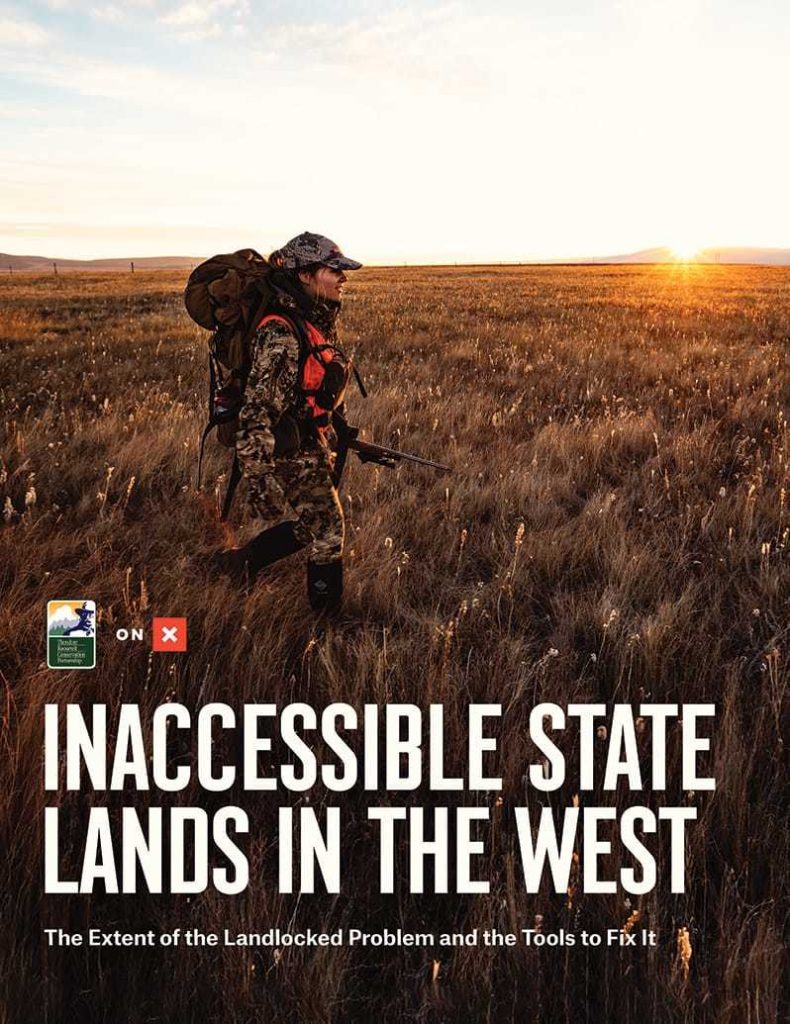
Western State Landlocked Report
In 2019, we partnered with the Theodore Roosevelt Conservation Partnership (TRCP) to identify 6.35 million acres of state lands in 11 Western states sitting landlocked and off-limits unless access is granted by a neighboring landowner. By using onX technology, we created an analysis of state land access issues, assessing various initiatives by state agencies across the West in the hopes of identifying and establishing new recreational opportunities on these lands.
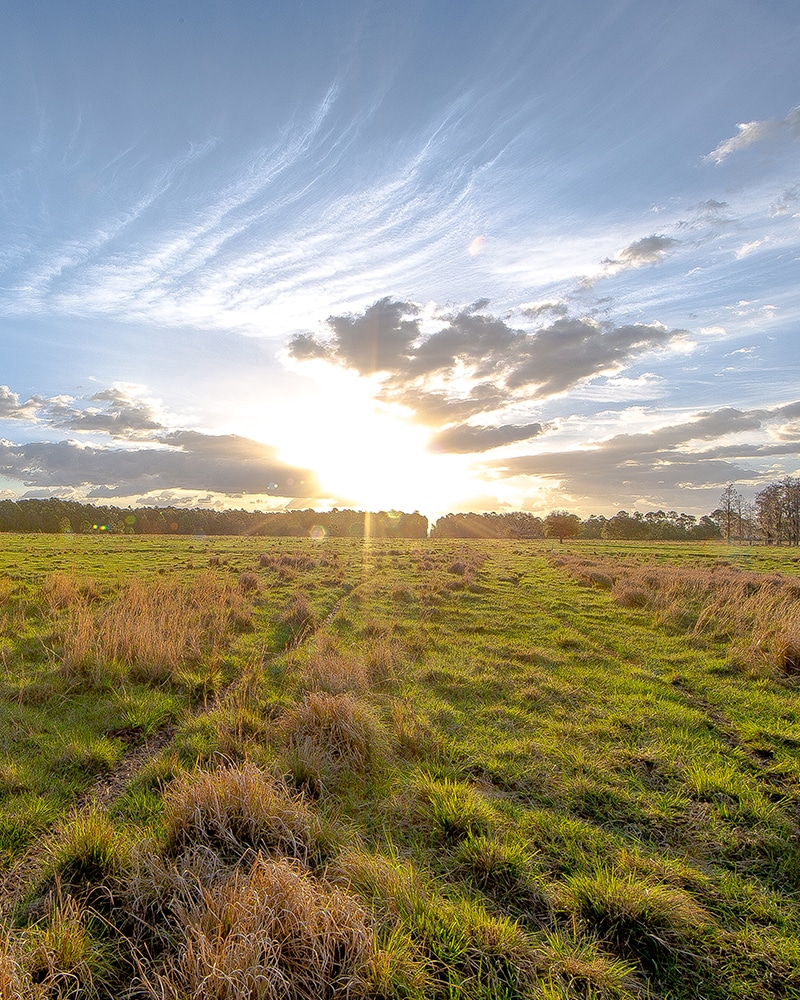
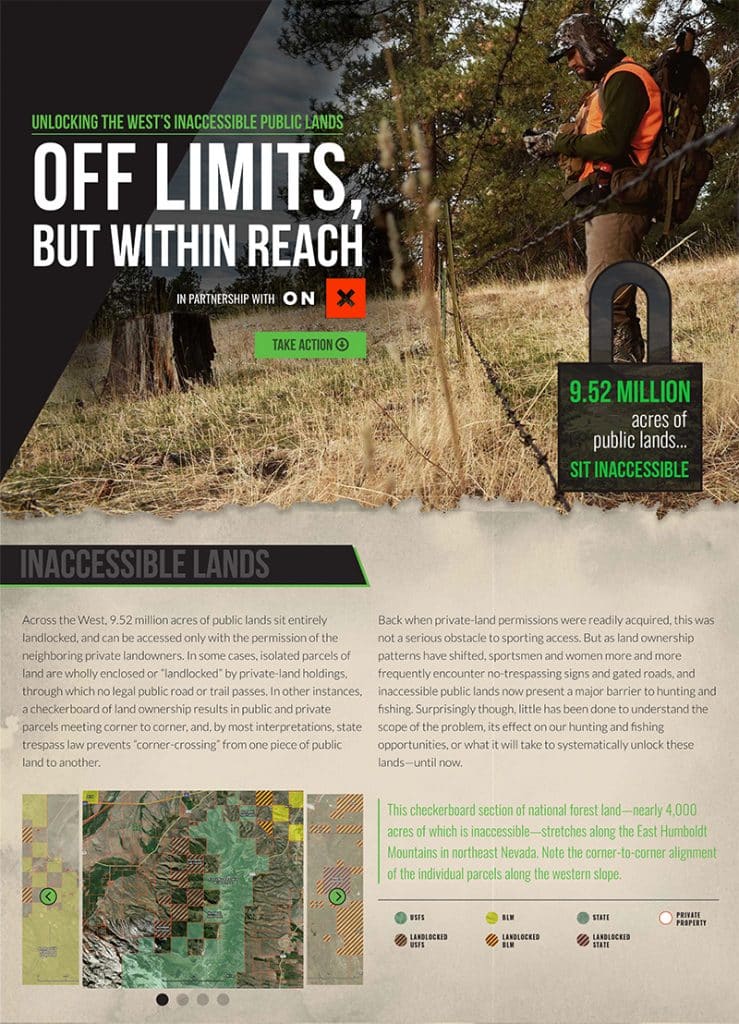
Western Federal Landlocked Report
In 2018, onX worked with TRCP to identify 9.52 million acres of landlocked federal public lands around 13 Western states. The data from this report was curated to help identify access opportunities, collaborative solutions and increase public awareness of landlocked public lands.